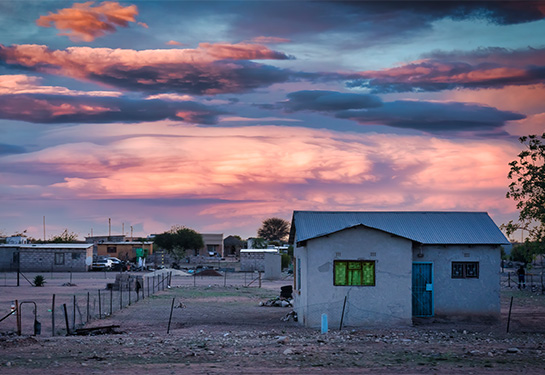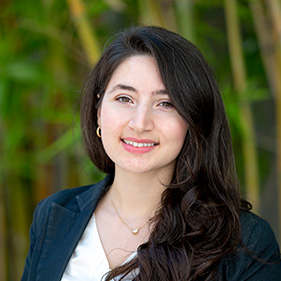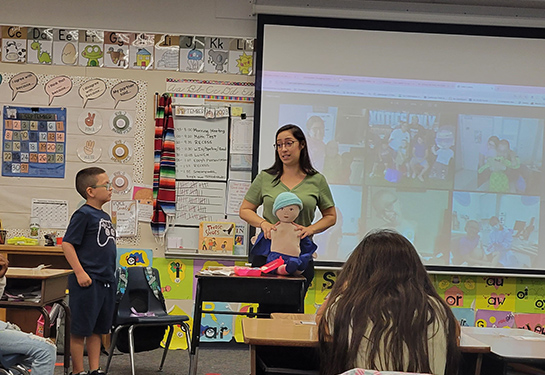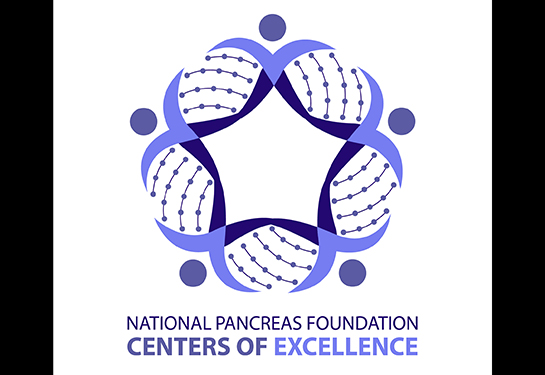New report: Higher rates of lung, liver and other cancers among Californians living in poverty
A new report from UC Davis Comprehensive Cancer Center has uncovered significant disparities in cancer incidence among people in persistent poverty areas of California. This includes higher rates of lung, liver, stomach and cervical cancers as well as delayed diagnoses.
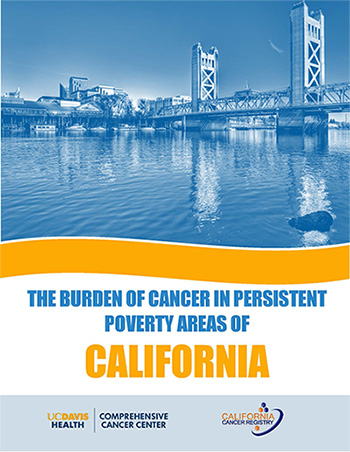
“The Burden of Cancer in Persistent Poverty Areas of California,” is designed to help guide policymakers, clinicians, researchers, and others as they develop strategies to support impoverished Californians.
The report uses data from the California Cancer Registry (CCR) and was prepared by the California Cancer Reporting and Epidemiologic Surveillance (CalCARES) program team. CalCARES manages the day-to-day operations of registry for the California Department of Public Health.
“Our main purpose was to understand cancer incidence patterns among Californians in persistent poverty areas, given that they face numerous challenges in addition to their cancer diagnoses,” said Ani Movsisyan Vernon, lead author and researcher with the CalCARES team at the cancer center.
Linking poverty to cancer disparities
U.S. counties experiencing persistent poverty—20% or greater poverty rates over an extended period of time— are more likely to be rural, have larger populations of racial/ethnic minorities. People living there are more likely to be exposed to environmental and occupational carcinogens and have poor access to reliable transportation and health care, among other stressors.
In California, more than a quarter of all residents continue to live in or near poverty. Data from the University of California San Francisco Health Atlas revealed that 35 of California’s 58 counties have persistent poverty areas per the federal definition.
While links between poverty and worse cancer outcomes are known, Movsisyan Vernon and co-authors wanted to determine the relationship between persistent poverty in California and cancer incidence. Are people in persistent poverty areas of California at higher risk of certain cancers? Are they diagnosed at later stages?
The combined burdens of cancer and poverty
To answer their questions, researchers used California Cancer Registry data from 2006 to 2020 and annual census tract population estimates from the National Cancer Institute.
They found that there were larger proportions of Latino and Black patients in persistent poverty areas, and most patients in poverty were uninsured or had public health insurance. The research team also found notably higher incidence rates of lung, liver, stomach, and cervical cancers among patients in persistent poverty areas.
Importantly, higher incidence rates of late-stage lung, colorectal, and cervical cancers, which are all screen-detectable, were observed in persistent poverty areas. This lag in timely diagnoses can result in treatment delays and worse cancer outcomes for impoverished Californians.
We hope this report will help health care providers better understand where their patients are coming from and what resources they have access to.”—Ani Movsisyan Vernon, UC Davis Comprehensive Cancer Center researcher
Opening doors for future studies
Movsisyan Vernon explains that this report offers the public data to understand and address cancer risks for vulnerable California residents and “hopes the presented data can serve as a catalyst for further research focused on helping patients who are living in poverty and fighting cancer simultaneously.”
Along with helping researchers study the impact of persistent poverty, the report points out the systemic and structural issues underlying the lack of health insurance and other barriers to cancer screening and treatment facing historically marginalized racial and ethnic groups.
“We hope this report will help health care providers better understand where their patients are coming from and what resources they have access to,” Movsisyan Vernon said. “We also want more assistance going to people who are in poverty and fighting cancer, and facing struggles that exacerbate their health problems.”
Other authors include Frances B. Maguire, Ayman T. Ullah, Brenda M. Hofer, Arti Parikh-Patel, Theresa H. M. Keegan, and Theodore Wun, of UC Davis.
UC Davis Comprehensive Cancer Center
UC Davis Comprehensive Cancer Center is the only National Cancer Institute-designated center serving the Central Valley and inland Northern California, a region of more than 6 million people. Its specialists provide compassionate, comprehensive care for more than 100,000 adults and children every year and access to more than 200 active clinical trials at any given time. Its innovative research program engages more than 240 scientists at UC Davis who work collaboratively to advance discovery of new tools to diagnose and treat cancer. Patients have access to leading-edge care, including immunotherapy and other targeted treatments. Its Office of Community Outreach and Engagement addresses disparities in cancer outcomes across diverse populations, and the cancer center provides comprehensive education and workforce development programs for the next generation of clinicians and scientists. For more information, visit cancer.ucdavis.edu.

